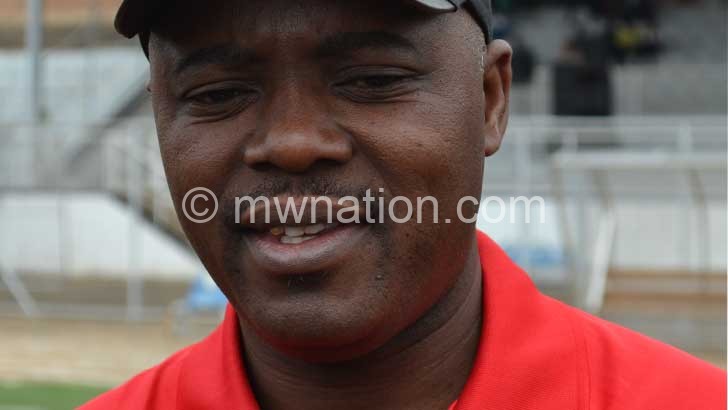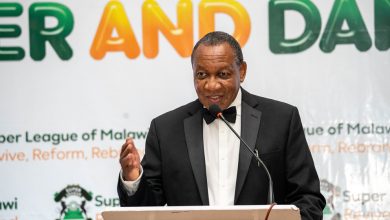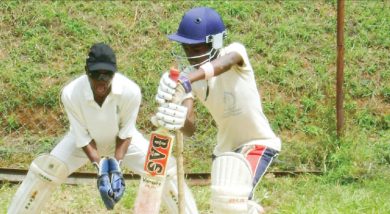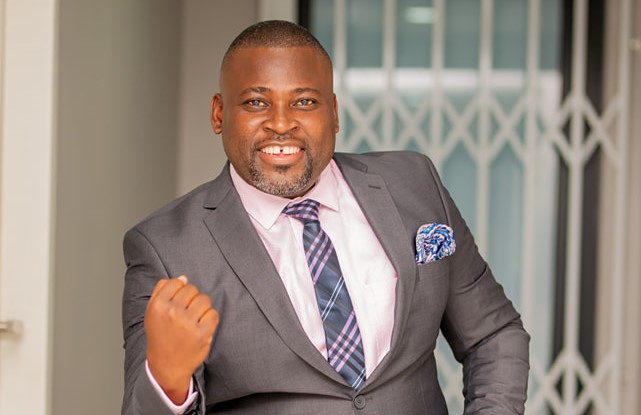Women marginalised in key sports positions
A gender gap analysis in the sports industry has unearthed gross disparity in the distribution of influential positions with men claiming a lion’s share, a development that is being viewed as discouraging more women to become athletes and administrators.
Weekend Nation assessed 13 associations that are active and established that out of 39 top positions (president, general secretary and treasurer) only six are held by women.

The associations included football, netball, volleyball, basketball, Olympics, rugby, athletics, Paralympics, cycling, hockey, chess and body building.
The discrepancy is despite the country’s constitution and the National Gender Policy calling for gender balance in all positions and the full participation of women in all spheres of society.
Of the 13 associations, only two are led by women—Chess Association of Malawi (Chessam) with Susan Namangale as its president and the Netball Association of Malawi (NAM) headed by Khungekile Matiya—the only body with all top positions occupied by women.
In an interview, Namangale opined that the gender inequality is partly a result of men fearing to be led by women.
“It’s something to do with the mindset. Most men feel uncomfortable to be led by women, especially in male dominated sports codes; hence, during elections where the voters are mainly male, the females fall out.
“However, few male dominated sports organisations break that barrier and use merit to choose leaders and this is how I managed to become Chessam president,” she said.
Namangale also portioned the blame on women for giving up easily and letting men dominate the industry.
“Again, females tend to give up on male dominance and feel they cannot stand out merely due to inferior confidence. I challenge capable women to stand up and challenge the status quo and even prove that they can lead male dominated sports disciplines,” she said.
Hellen Chabunya, who is Basketball Association of Malawi (Basmal) treasurer, blames past governments for not setting up policies to support women take roles in the sports industry.
“On the part of government, the biggest mistake in the past has been the systematic institutional culture of sidelining women in sports through unfair financing, marginalisation in capacity building and not implementing deliberate initiatives to absorb women,” she said.
Chabunya, who was also the Central Zone Basketball League (Cezobal) president where she made significant strides, urged government that as it pushes for reforms, it should extend them to sports.
On his part, Malawi National Council of Sports (MNCS) acting executive secretary Henry Mereka acknowledged that women were marginalised in distribution of decision making sports positions.
He said in the council’s five-year strategic plan currently under formulation, gender balance has been earmarked among the key targets.
“Your observation of gender imbalance in association sports positions is true and we are also concerned. This is why we want to use the strategic plan to ensure there is a major change. We want to raise awareness to ensure we have more women in key positions,” he said.
Mereka further stated that MNCS plans to revamp the Women in the Sports wing which will be courting women to join the sports sector.
“The problem is if we don’t have many women in top positions, ladies will not be encouraged to be part of sports. In the end, this could lead to less female athletes. So, the Women in Sports will champion the role of promoting women’s affairs,” he said.
In 2014 a Norway-based firm carried out a baseline study titled Gender, Participation and Leadership in Sport in Southern Africa which involved Malawi and four other countries in the region. The survey also exposed deep marginalisation of women in sports management positions.
In its report, the Norwegian Olympic and Paralympic Committee and Confederation of Sports attributed the gender disparity to cultural setup which disadvantages women.





